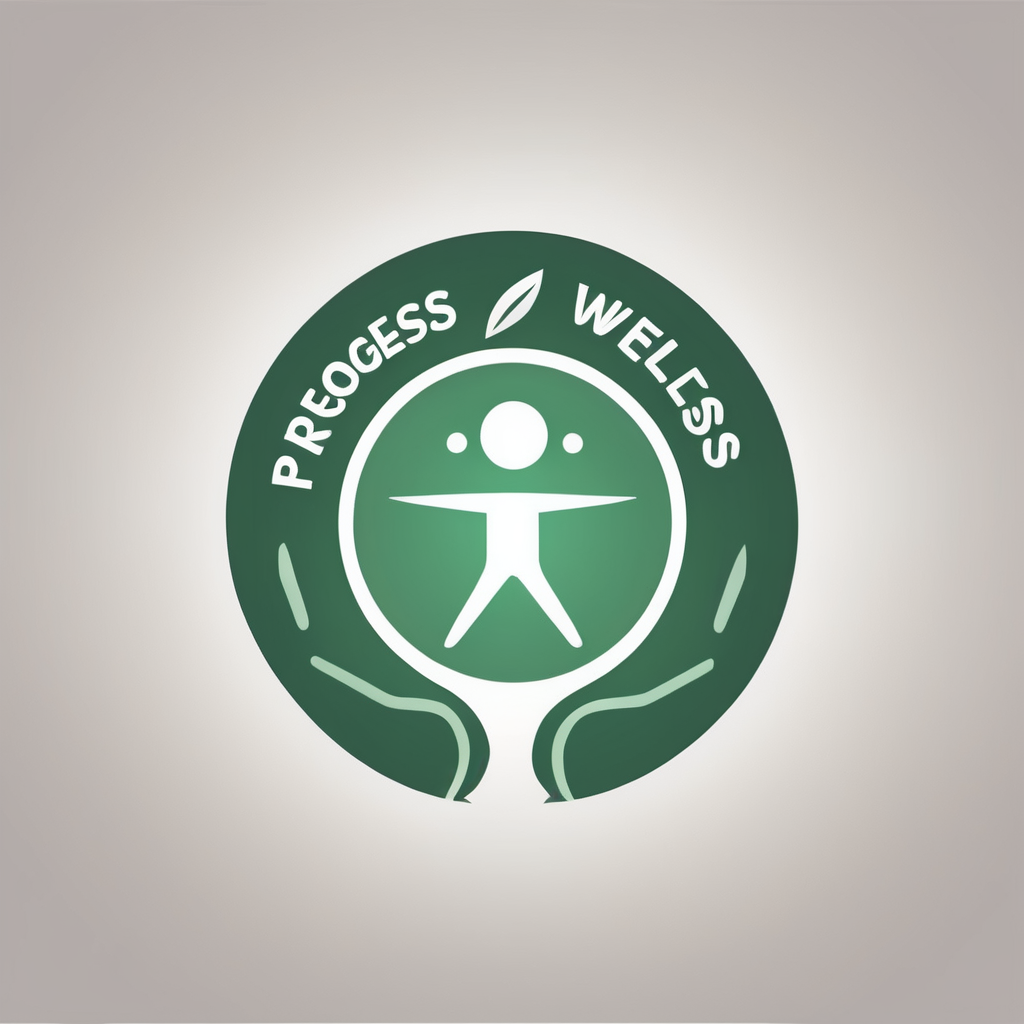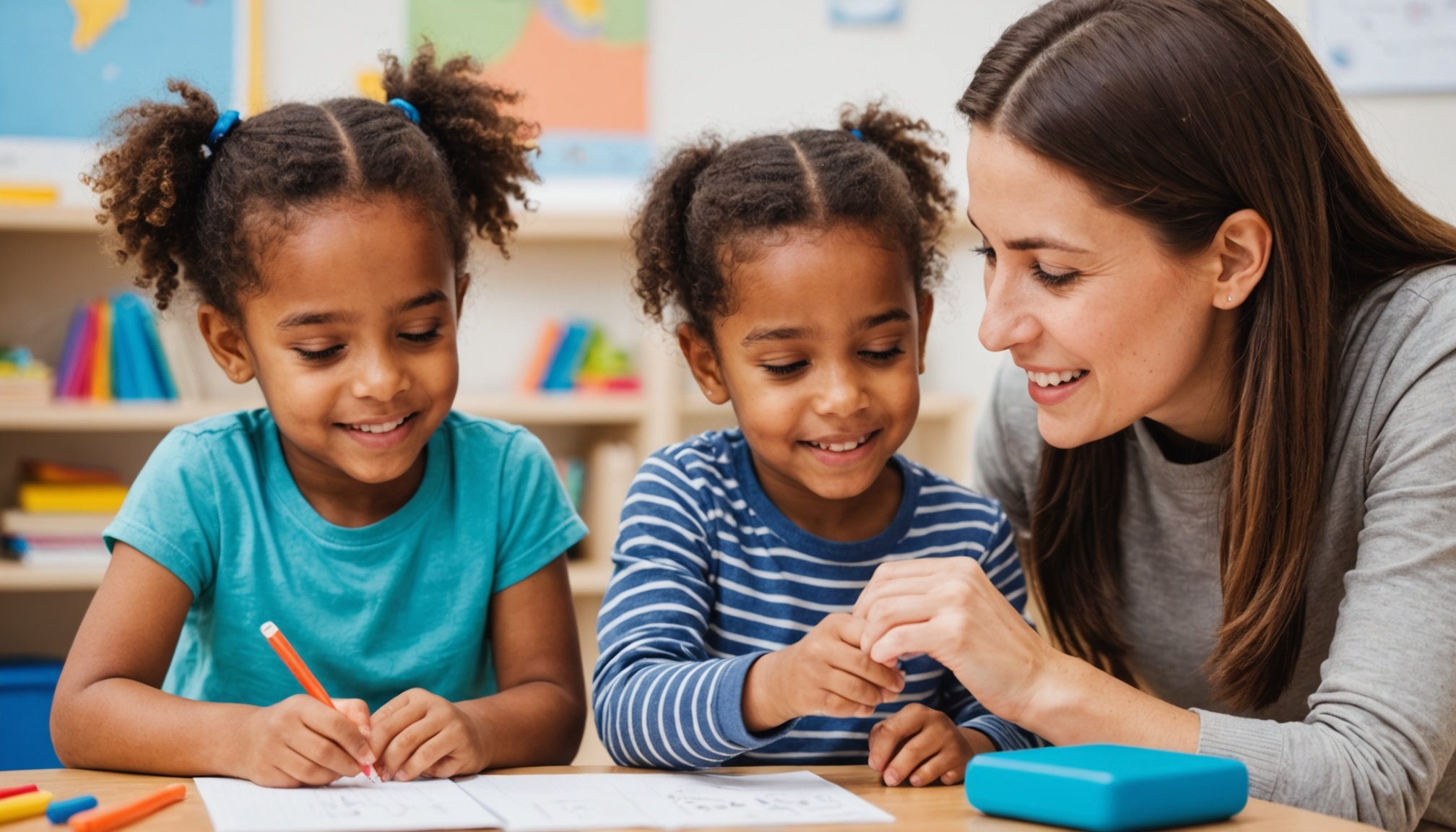Understanding Speech Delays in Bilingual Children
Speech delays in bilingual children can present unique challenges, particularly in distinguishing between genuine delays and variations in language development. In bilingual environments, factors such as cognitive load and varied language exposure can influence speech acquisition. These are critical considerations as they may impact how children learn to articulate sounds and form words across different languages.
Studies suggest that while bilingual children might seem to lag behind their monolingual peers temporarily, they often catch up with proper support. This underscores the importance of early and accurate assessment tools. Using these tools can help differentiate between typical bilingual development patterns and potential speech delays.
Have you seen this : How can UK health professionals effectively manage stress and prevent burnout in their daily practice?
Early intervention is crucial. It can lead to more effective management of any speech delay identified. It is important for parents and educators to monitor bilingual children for any signs of delay, ranging from difficulty in forming coherent sentences to struggles in understanding spoken language. By doing so, necessary support can be provided, ensuring that all children have the opportunity to develop their full communication potential.
Evidence-Based Practices for Supporting Bilingual Children
Supporting bilingual children through evidence-based practices is essential for effective speech intervention. Tailored intervention strategies are key. Research highlights the importance of adapting therapeutic strategies to the unique needs of bilingual speakers. Bilingual children benefit from specific approaches that account for their dual language environment, enhancing both comprehension and expression.
This might interest you : What role do UK health professionals play in emergency preparedness and response?
Role of Family Involvement
Family involvement plays a crucial role in bilingual speech therapy. Encouraging active participation aids in reinforcing therapeutic strategies outside of sessions. Family members, by integrating therapy activities into daily routines, help children practice language skills in various contexts, effectively bridging therapy and real-life application.
Culturally Competent Approaches
The significance of culturally competent approaches in therapy cannot be understated. Understanding and respecting a child’s cultural and linguistic background enhances the therapeutic process. Therapists who incorporate cultural nuances into their sessions foster a more engaging and relevant experience for the child. Such approaches not only improve communication outcomes but also reinforce the child’s identity and confidence.
By integrating these evidence-based practices—through tailored strategies, active family involvement, and a focus on cultural competence—therapists can support bilingual children in achieving their full communicative potential.
Cultural Considerations in Speech Therapy
When addressing bilingualism in speech therapy, understanding the cultural context of a child’s language use is critical. Culture profoundly influences how language is acquired and utilised, affecting language development and therapeutic approaches. Speech therapists must navigate the tapestry of linguistic diversity, especially in communities where several languages bridge daily communication.
Consider a bilingual child whose home language differs from the school environment. This child’s language development might advance differently compared to monolingual peers. Recognising this requires the therapist to develop culturally sensitive practices. Adapting therapy to align with these variations ensures that individuals’ linguistic experiences are acknowledged and valued.
Adapting therapeutic practices also means incorporating cultural nuances into communication strategies. This can be through storytelling rooted in the child’s cultural heritage or using contextually relevant examples. Creating a therapy plan that respects and integrates cultural backgrounds helps empower children, reinforcing their identity and promoting confidence in their language development journey.
Navigating between language structures and cultural expressions enriches the therapy process. Ultimately, culturally sensitive therapy that embraces linguistic diversity can improve outcomes, providing robust support tailored to each child’s unique bilingual experience.
Practical Strategies for Speech-Language Therapists
Incorporating effective therapeutic techniques is fundamental for speech-language therapists working in bilingual contexts. One suggested method is the use of language input strategies that cater to both languages simultaneously, facilitating smoother transitions and deeper understanding for the child. It is crucial to introduce new vocabulary and concepts in both languages, ensuring equal exposure. Additionally, using interactive strategies, such as role-playing and storytelling, encourages natural language use and enhances engagement.
Embedding cultural literacy into therapy sessions is of paramount importance. By recognising and integrating cultural contexts, therapists can tailor exercises that resonate more deeply with the client’s experiences and background. This approach not only respects the individual’s heritage but also makes learning relatable and enjoyable.
Engaging parents and caregivers is another critical component of effective language development. Therapists should encourage caregivers to model language at home by creating rich, linguistically stimulating environments. Simple activities like reading bilingual books together or discussing everyday events in both languages can significantly bolster a child’s language growth. Providing workshops or guidance sessions for caregivers can also empower them with hands-on strategies to support their child’s development actively.
Case Studies and Success Stories
In recent years, understanding the effectiveness of interventions for bilingual children has become essential for therapists and parents. Analyzing case studies provides valuable insights into diverse therapeutic outcomes, illuminating strategies that yield positive changes. Many studies highlight specific interventions that have successfully supported bilingual children in therapy settings.
One standout case involves a child named Lucas, who experienced significant improvements in language proficiency through tailored bilingual therapy sessions. The success stemmed from integrating his familial language into therapy, enhancing therapy outcomes by making the sessions more relatable and effective. This case exemplifies how identifying and adapting to a child’s unique linguistic environment is pivotal.
Testimonials from parents echo this sentiment, celebrating the tangible progress these interventions facilitate. For example, one parent noted, “The bilingual approach not only improved my child’s communication skills but also his confidence.” Similarly, therapists often share success stories emphasizing the importance of cultural sensitivity and personalized strategies.
These outcomes serve as a beacon, underscoring the transformative potential of informed, customized approaches in therapeutic settings for bilingual children. Such narratives are vital for guiding future practices and ensuring that bilingual success is achieved effectively and compassionately.
Assessment Tools and Resources
Understanding assessment tools for bilingual children is essential for accurate speech evaluation. Unlike monolingual children, bilingual children require tools that consider dual language proficiency. Bilingual assessments must measure both languages to capture a comprehensive view of a child’s capabilities. This nuanced approach often involves comparing various instruments designed specifically for assessing multilingual abilities.
Monolingual assessments may overlook critical bilingual aspects, potentially leading to inaccurate evaluations. Thus, it is crucial to adapt assessment methods accordingly to ensure meaningful results. Tools like the Bilingual Language Assessment Battery provide insights into language proficiency across different linguistic contexts.
Therapists looking for additional support can benefit significantly from recommended resources and databases. Platforms like the American Speech-Language-Hearing Association (ASHA) offer extensive materials, including guidelines for best practices in bilingual environments. Moreover, educational databases often contain peer-reviewed articles and evidence-based strategies that further enrich therapists’ understanding and capacity to meet bilingual children’s unique needs.
By leveraging these resource recommendations, therapists can enhance their practice and deliver more effective, tailored interventions for bilingual children, ensuring that all assessments are both culturally and linguistically relevant.

